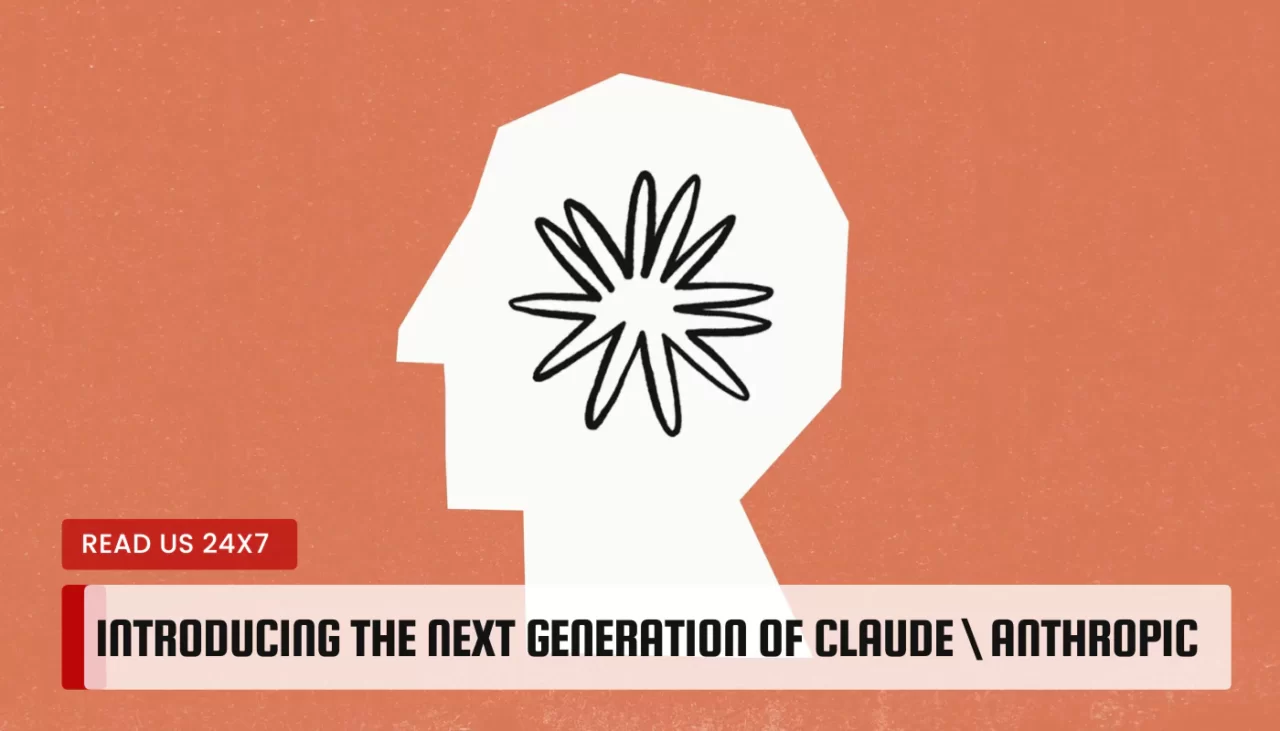Artificial intelligence (AI) is one of the most rapidly evolving fields of technology, with new breakthroughs and innovations happening every day. One of the latest developments in this domain is the launch of Claude 3, a new AI model developed by Anthropic, a research company founded by Demis Hassabis, the creator of DeepMind. In this article, we will explore what Claude 3 is, how it works, and what it means for the AI industry.
Anthropic Unveils Claude 3 – A Game-Changing AI Model
Anthropic is a company that aims to create AI systems that are aligned with human values and can be trusted by users. The company has been working on a new AI model called Claude 3, which is based on the transformer architecture, a type of neural network that can process natural language and other types of data. Claude 3 is the result of years of research and development, and it was officially unveiled on March 1, 2024, at the Anthropic AI Summit in London.
Claude 3 is not just another AI model. It is a game-changer in the field of generative AI, which is the branch of AI that can create new content, such as text, images, audio, and video. Claude 3 has surpassed the previous state-of-the-art models, such as GPT-4 and Gemini Ultra, in various benchmark tests, such as the LAMBADA test for reading comprehension, the DALL-E test for image generation, and the GLUE test for natural language understanding. Claude 3 has also demonstrated impressive performance in tasks such as summarization, translation, dialogue, and reasoning.
Claude 3 is not only a scientific achievement, but also a commercial success. The model has been backed by two of the biggest tech giants in the world: Google and Amazon. These companies have invested millions of dollars in Anthropic, and they have also signed exclusive contracts to use Claude 3 for their own products and services. For example, Google plans to use Claude 3 to power its Google Assistant, while Amazon plans to use Claude 3 to enhance its Alexa and AWS platforms.
Features and Capabilities of Claude 3
Claude 3 is a remarkable AI model that has several features and capabilities that make it stand out from the rest. Here are some of them:
- Larger context window: Claude 3 can process up to 10,000 tokens of input at a time, which is much more than the previous models, such as GPT-4, which could only handle up to 3,000 tokens. This means that Claude 3 can understand and generate longer and more complex texts, such as novels, essays, and reports.
- Multimodal capabilities: Claude 3 can not only handle text, but also other types of data, such as images, audio, and video. This means that Claude 3 can create and manipulate multimodal content, such as memes, cartoons, podcasts, and movies. Claude 3 can also perform cross-modal tasks, such as captioning images, synthesizing speech, and translating languages.
- Ability to analyze unstructured data: Claude 3 can deal with data that is not organized or labeled, such as social media posts, emails, and web pages. This means that Claude 3 can extract useful information and insights from these sources, such as sentiment, topics, trends, and opinions.
- Business-friendly applications: Claude 3 can be applied to various domains and industries, such as education, entertainment, health, finance, and marketing. Claude 3 can help businesses and organizations to improve their productivity, efficiency, quality, and customer satisfaction. For example, Claude 3 can help teachers to create personalized learning materials, help entertainers to produce original content, help doctors to diagnose and treat patients, help bankers to manage and invest money, and help marketers to generate and optimize campaigns.
Implications for the AI Industry
Claude 3 is not only a breakthrough for Anthropic, but also for the whole AI industry. Claude 3 reflects the new level of normal in generative AI, where models can create and understand diverse and complex content, and where users can interact with them in natural and intuitive ways. Claude 3 also increases the competition in the market, where other companies and researchers will try to catch up or surpass Anthropic’s achievement. Claude 3 also offers choices for enterprises, who can decide whether to adopt Claude 3 for their own purposes, or to use alternative models that may have different features, costs, and risks.
Conclusion
Claude 3 is a new AI model that has been unveiled and explored by Anthropic, a research company founded by Demis Hassabis. Claude 3 is a game-changer in the field of generative AI, as it surpasses the previous state-of-the-art models in various benchmark tests, and as it is backed by Google and Amazon. Claude 3 has several features and capabilities that make it stand out from the rest, such as a larger context window, multimodal capabilities, ability to analyze unstructured data, and business-friendly applications. Claude 3 has implications for the AI industry, as it reflects the new level of normal in generative AI, increases the competition in the market, and offers choices for enterprises. Claude 3 is a remarkable AI model that deserves attention and appreciation from the AI community and the public.



